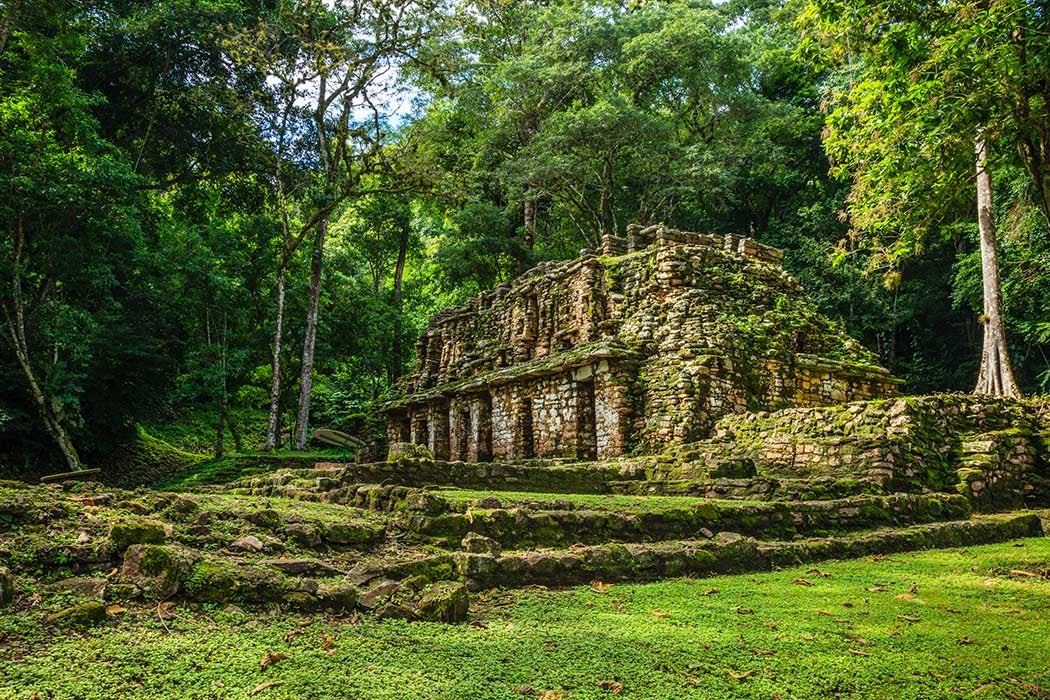At the height of its power and influence, the Maya civilization ended abruptly. The population shrank and many cities were abandoned. Archaeologists have long debated what happened, but researchers are pointing to a familiar culprit: a changing local climate. In a prolonged drought, the empire could no longer support its population.
In BioScience, writer Tom Abate reports that drought has coincided with the fall of several civilizations, not just the Maya. For example, some Mesopotamian city states declined in a period when tree ring records suggest anomalous climate, and nearby areas recorded exceedingly dry conditions. Perhaps the most damning evidence that drought brought down these city states comes from the (possibly apocryphal) “Curse of Akkade,” which describes dustbowl-like conditions in which crops won’t grow. Similar disruptions in climate possibly coincided with the end of the Old Kingdom of Egypt and the fall of the Andean kingdom of Tiwanaku.
Sustainability scholar Joseph A. Tainter, writing in Annual Review of Archaeology, considers a different hypothesis: overshoot, which happens when societies expand to the point where resource consumption becomes unsustainable. Overshoot has also been suggested as an explanation for the demise of Easter Island.
One problem with the theory, however, is that just because climate change or resource exploitation may have happened coincidentally with a society’s decline does not mean they caused it. Dating historical climate events has a large margin of error, and Tainter writes that although there is evidence for high levels of resource exploitation, there is little evidence that overshoot actually led to any societies collapsing. In some cases, overshoot also coincided with climate change, further muddying the waters.
Want more stories like this one?
But what if there are multiple causes, and climate change combined with overshoot is the culprit? Obviously if fewer resources are used, it is easier to adjust in times of scarcity. Abate quotes Bruce Dahlin, a Howard University anthropologist, who argues that the Maya were an advanced society fully capable of adapting technologically or agriculturally to a changing climate. Internal strife or political problems prevented them from acting in time. Logic would support Dahlin’s point of view: many factors, one of them climate, can contribute to such a significant outcome as societal destruction.
So what about today? Modern society faces similar problems. Climate change, overconsumption, and political division contribute to a sense of crisis. Biologists Paul R. Ehrlich and Anne H. Ehrlich believe that we are on the path to a dramatic decline in food production and a possible global collapse of civilization. But, as they point out, we have an advantage in that we know the danger exists.
Editors’ Note: An earlier version of this piece erroneously used the word “Mayan” in an instance where it should have been “Maya.”







